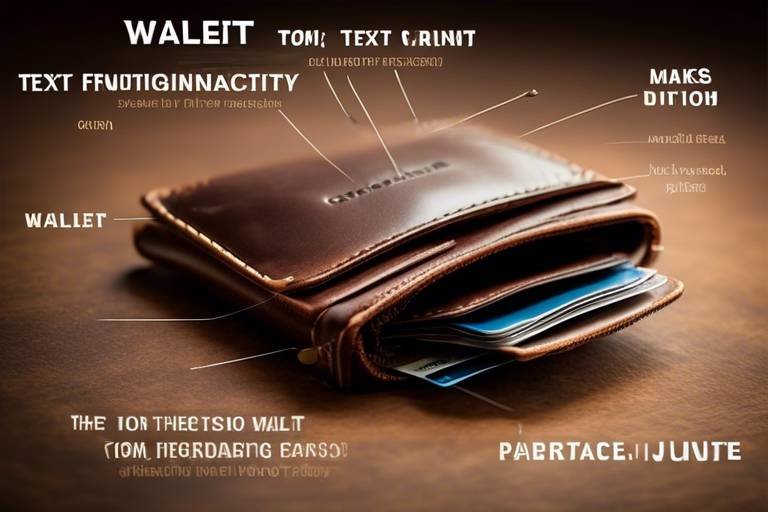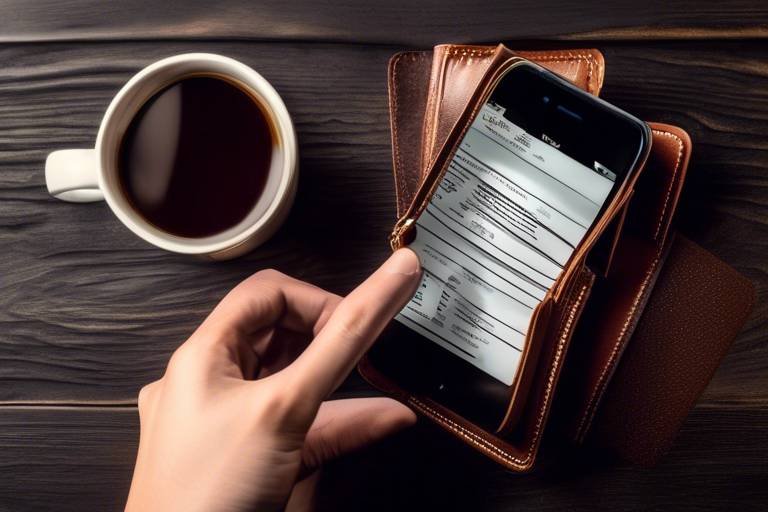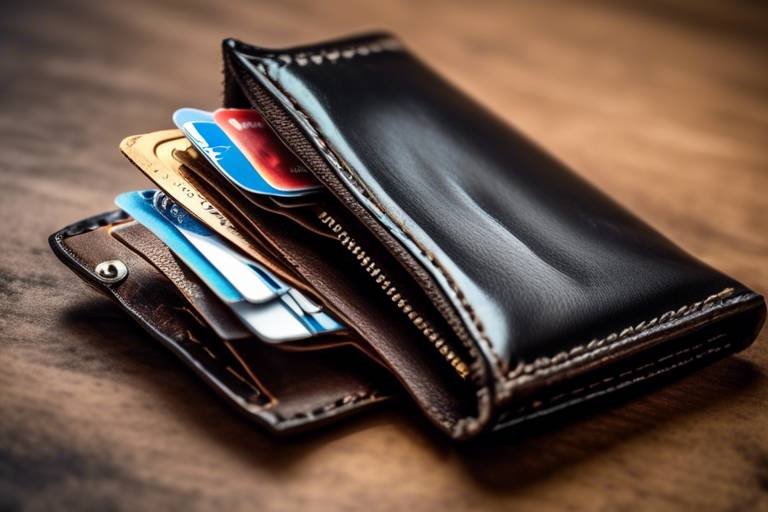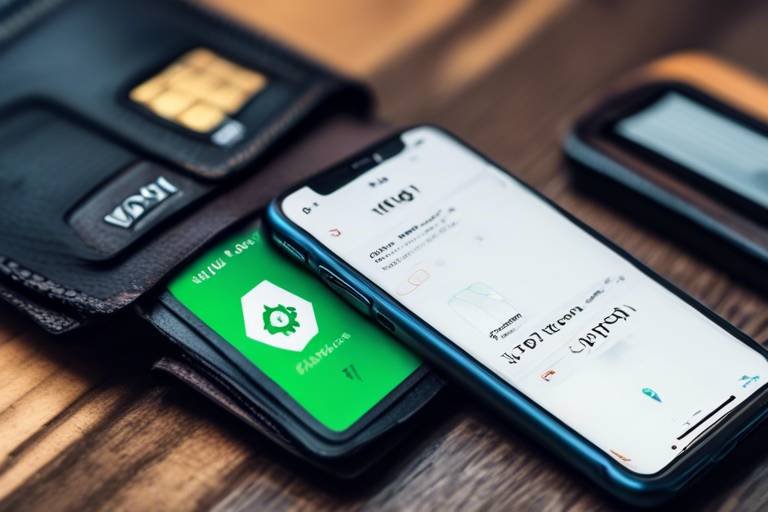Understanding Wallet Functionality - What Makes Them Unique
In today's fast-paced world, the way we manage our finances has undergone a remarkable transformation. Digital wallets have emerged as a revolutionary tool that not only simplifies transactions but also enhances the overall financial experience. Imagine being able to carry your entire wallet in your pocket, complete with cash, cards, and even loyalty points, all secured with just a few taps on your smartphone. This article delves into the various functionalities of digital wallets, exploring their unique features, advantages, and the technology behind them, providing insights into how they revolutionize personal finance management.
So, what exactly makes digital wallets stand out? At their core, they serve as a virtual repository for your financial assets, allowing you to make payments, store cards, and manage transactions seamlessly. Unlike traditional wallets, digital wallets are not confined to physical space; they can be accessed anytime, anywhere, as long as you have your device. This level of accessibility empowers users to stay on top of their finances with ease.
Moreover, digital wallets are designed with user convenience in mind. They often come equipped with features that streamline transactions, such as contactless payments, which allow you to simply tap your phone at the register instead of fumbling for cash or cards. This feature not only speeds up the checkout process but also minimizes physical contact, a critical advantage in today's health-conscious environment.
In addition to convenience, digital wallets offer robust security measures that protect your sensitive information. With advanced encryption techniques, your data is safeguarded against potential threats. Think of it as having a high-tech security system for your finances, ensuring that only you have access to your funds. This is particularly crucial as cyber threats continue to evolve, making it essential for users to choose a wallet that prioritizes security.
As we explore the various types of digital wallets, it becomes clear that each has its own unique functionalities tailored to different user needs. Whether you’re looking for a mobile wallet that allows for quick payments on the go, a web wallet for online shopping, or a hardware wallet for secure cryptocurrency storage, understanding these options is key to choosing the right one for your financial lifestyle.
In conclusion, digital wallets are not just a trend; they represent a significant shift in how we handle money. With their unique features and benefits, they offer a level of convenience and security that traditional wallets simply cannot match. As we move further into the digital age, embracing these innovative tools can lead to a more efficient and enjoyable financial experience.
- What is a digital wallet? A digital wallet is a software application that allows users to store and manage their payment information, including credit cards, debit cards, and cryptocurrencies, securely on their devices.
- Are digital wallets safe to use? Yes, digital wallets employ advanced security measures such as encryption and two-factor authentication to protect user data and transactions from unauthorized access.
- Can I use a digital wallet for online shopping? Absolutely! Many digital wallets are designed specifically for online transactions, making it easy to shop securely from the comfort of your home.
- Do digital wallets offer rewards programs? Many digital wallets integrate loyalty and rewards programs, providing users with incentives for their spending, such as cashback or discounts.
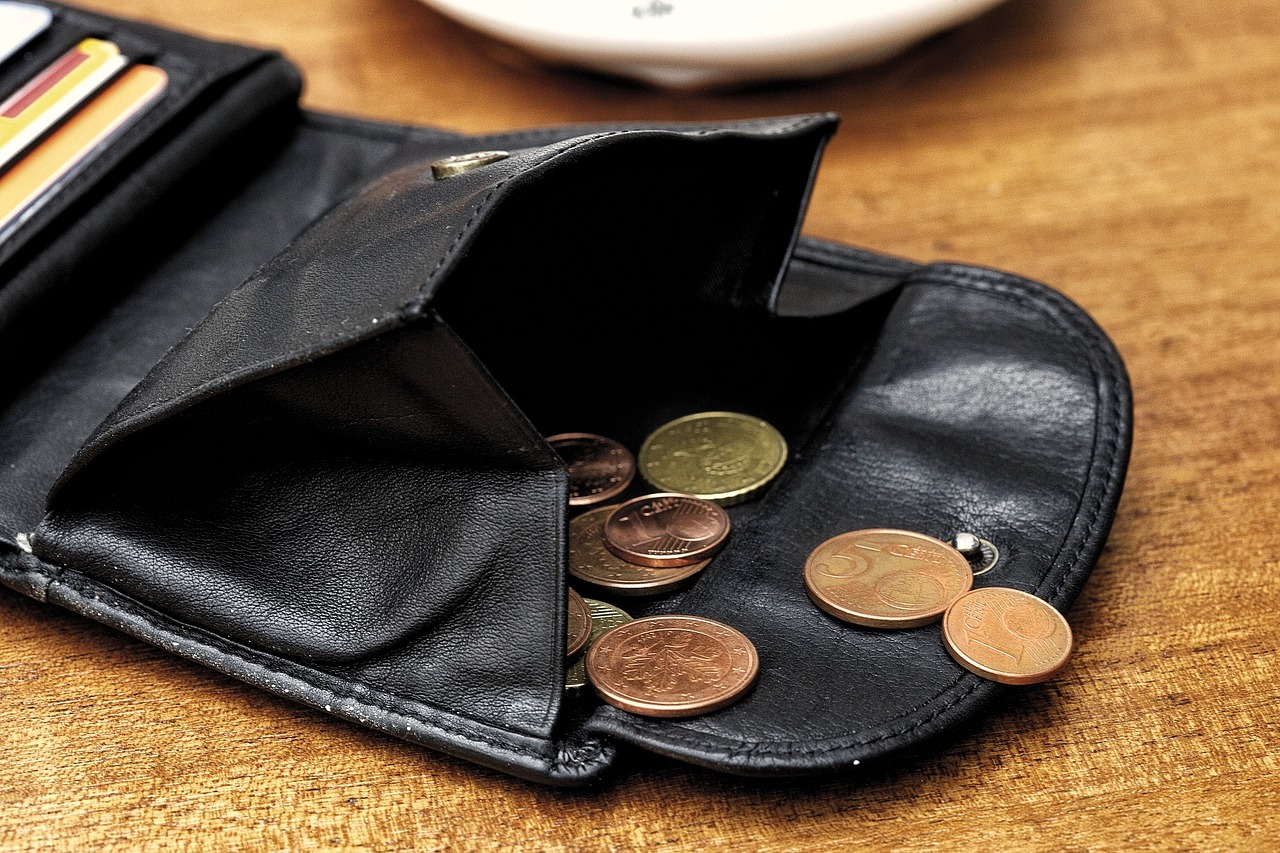
Types of Wallets
When it comes to digital wallets, the diversity is as vibrant as a box of crayons; each type offers unique functionalities tailored to different user needs and preferences. Understanding these types can significantly enhance your experience and help you choose the right wallet for your financial lifestyle. Let’s dive into the three primary types of digital wallets: mobile wallets, web wallets, and hardware wallets.
Mobile wallets are perhaps the most popular form of digital wallets today. They allow users to store their credit and debit card information on their smartphones, enabling quick and easy transactions. Think of them as your pocket-sized bank. With just a tap or a swipe, you can make purchases, pay bills, and even send money to friends. Popular examples include Apple Pay, Google Pay, and Samsung Pay. These wallets often come with additional features like loyalty program integration and transaction history, making them incredibly convenient for everyday use.
Next, we have web wallets, which are accessible through web browsers. These wallets are typically used for online transactions, allowing users to store their payment information securely while shopping online. Web wallets offer the advantage of being device-agnostic; you can access them from any computer or mobile device with internet connectivity. However, it's essential to ensure that you’re using a reputable service, as the security of web wallets can vary. Some popular web wallets include PayPal and Skrill, which not only facilitate payments but also provide options for transferring money internationally.
Then, there are hardware wallets, the Fort Knox of digital wallets. These physical devices store your cryptocurrencies and sensitive data offline, providing a high level of security against hacking and fraud. By keeping your information offline, hardware wallets minimize the risk of cyber threats. They are particularly popular among cryptocurrency enthusiasts who want to safeguard their digital assets. Some well-known hardware wallets include Ledger and Trezor. While they may not offer the same convenience for everyday transactions as mobile or web wallets, their security features make them indispensable for long-term asset storage.
To summarize, here’s a quick comparison of the three types of wallets:
| Type of Wallet | Accessibility | Security Level | Best For |
|---|---|---|---|
| Mobile Wallets | Smartphones | Moderate | Daily transactions |
| Web Wallets | Web browsers | Variable | Online shopping |
| Hardware Wallets | Physical device | High | Long-term asset storage |
In conclusion, the type of digital wallet you choose should align with your personal financial habits and security preferences. Whether you’re looking for convenience on the go with a mobile wallet, the flexibility of a web wallet for online purchases, or the robust security of a hardware wallet, there’s a perfect option out there for everyone. Understanding these distinctions not only empowers you to make informed decisions but also enhances your overall financial management experience.

Key Features of Digital Wallets
Digital wallets have transformed the way we handle money, offering a myriad of features that cater to modern financial needs. One of the standout functionalities is contactless payments. Imagine walking into a store, grabbing your favorite items, and simply tapping your phone to pay—no fumbling for cash or cards. This feature not only speeds up transactions but also enhances safety by minimizing physical contact, especially in our current health-conscious world.
Another remarkable aspect of digital wallets is their ability to maintain a transaction history. This means you can easily track your spending habits, categorize expenses, and even set budgets. It's like having a personal finance advisor right in your pocket! By reviewing your transaction history, you can identify where your money goes and make informed decisions about your spending.
Moreover, many digital wallets offer integration with loyalty programs. This allows users to earn rewards effortlessly as they shop. For example, when you make a purchase at a participating store, your digital wallet can automatically apply any available discounts or points, maximizing your savings without any extra effort. It’s like having a personal shopper who always knows the best deals!
Additionally, the convenience of digital wallets extends to their ability to store multiple payment methods. Users can link various credit and debit cards, making it easy to switch between them as needed. This flexibility ensures that you can always choose the best payment option available, whether it’s for online shopping, in-store purchases, or even peer-to-peer transactions.
In terms of user interface, digital wallets are designed with intuitive navigation in mind. They often feature simple layouts and easy-to-use functionalities, ensuring that even the least tech-savvy individuals can navigate them without a hitch. This focus on user experience means less frustration and more time enjoying the benefits of your digital wallet.
To summarize, the key features of digital wallets include:
- Contactless Payments: Fast and secure transactions.
- Transaction History: Easy tracking of spending habits.
- Loyalty Program Integration: Automatic rewards and discounts.
- Multiple Payment Methods: Flexibility in choosing payment options.
- Intuitive User Interface: Designed for ease of use.
These features not only enhance the overall user experience but also revolutionize how we manage our finances daily. With digital wallets, financial management becomes not just easier but also more rewarding.
Q: Are digital wallets safe to use?
A: Yes, digital wallets employ advanced security features such as encryption and two-factor authentication to protect your financial information.
Q: Can I use my digital wallet for international transactions?
A: Many digital wallets support international transactions, but it's essential to check with your specific wallet provider for any fees or limitations.
Q: Do I need an internet connection to use a digital wallet?
A: While some features may require an internet connection, many digital wallets allow you to make transactions offline, provided you have previously loaded your payment information.
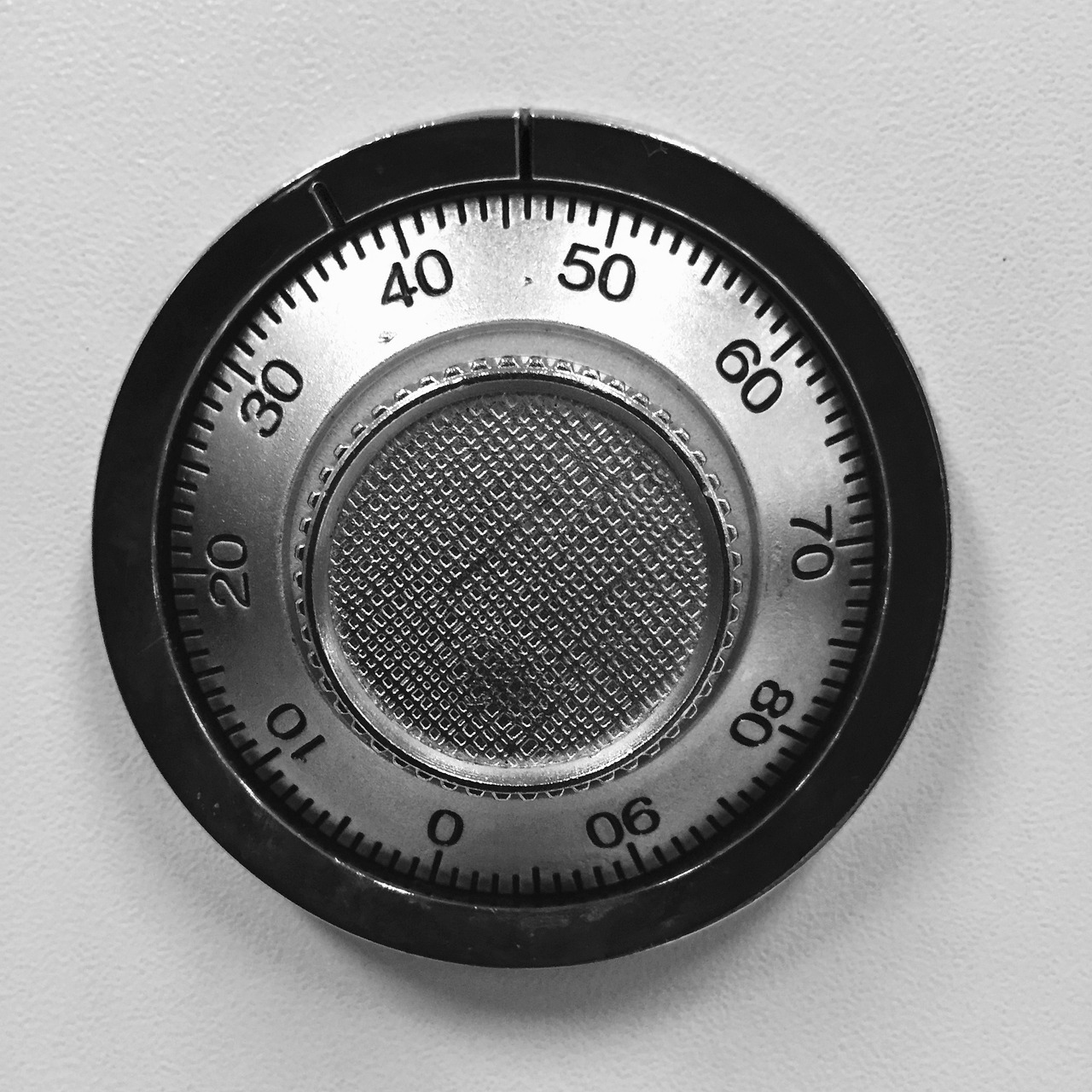
Security Measures
When it comes to digital wallets, security isn't just a feature; it's a necessity. Imagine your wallet being a fortress, protecting your hard-earned money and sensitive information from potential threats lurking in the digital realm. With the rise of online transactions, the importance of robust security measures has never been more critical. Digital wallets deploy a variety of strategies to safeguard user data and ensure that transactions are secure. Let's explore some of the key security measures that make digital wallets a reliable choice for managing your finances.
One of the most vital components of digital wallet security is encryption. This process transforms your sensitive data into a coded format that can only be deciphered by authorized parties. Think of it as sending a secret message that only your wallet and the merchant can understand. Most digital wallets utilize advanced encryption techniques such as AES (Advanced Encryption Standard) and RSA (Rivest-Shamir-Adleman) to protect your data during transactions. The table below illustrates some common encryption methods and their uses:
| Encryption Method | Use Case |
|---|---|
| AES | Securing stored data and transaction information |
| RSA | Secure key exchange and digital signatures |
| SSL/TLS | Encrypting data during transmission |
Another significant layer of protection is two-factor authentication (2FA). This method requires users to provide two forms of identification before accessing their wallets, adding an extra hurdle for potential intruders. Think of it like having a double lock on your front door; even if someone has the key, they still need to know the secret code to get in. Most digital wallets offer 2FA through SMS codes, email verifications, or authentication apps, making it a widely used security measure.
Additionally, many digital wallets incorporate biometric security features, such as fingerprint recognition and facial recognition. These technologies leverage unique physical characteristics to verify a user's identity, making unauthorized access nearly impossible. Imagine trying to unlock your phone with someone else's fingerprint—it's just not going to happen! This biometric approach not only enhances security but also provides a seamless user experience, allowing quick access to your wallet without compromising safety.
In conclusion, security measures in digital wallets are designed to create a safe environment for users to conduct transactions and manage their finances. With encryption techniques, two-factor authentication, and biometric features, digital wallets are equipped to handle the challenges of modern cyber threats. As technology continues to evolve, so too will the security measures that protect us. So, rest easy knowing that your digital wallet is fortified against potential risks, allowing you to focus on what truly matters—your financial freedom.
- What is a digital wallet? A digital wallet is a secure online application that allows users to store and manage their payment information and transactions.
- Are digital wallets safe to use? Yes, most digital wallets employ advanced security measures like encryption and two-factor authentication to protect user data.
- Can I use a digital wallet for online shopping? Absolutely! Digital wallets are widely accepted by many online retailers, making them a convenient option for purchases.
- What happens if I lose my phone with a digital wallet? Most digital wallets have recovery options and can be secured remotely, but it's crucial to act quickly to protect your information.
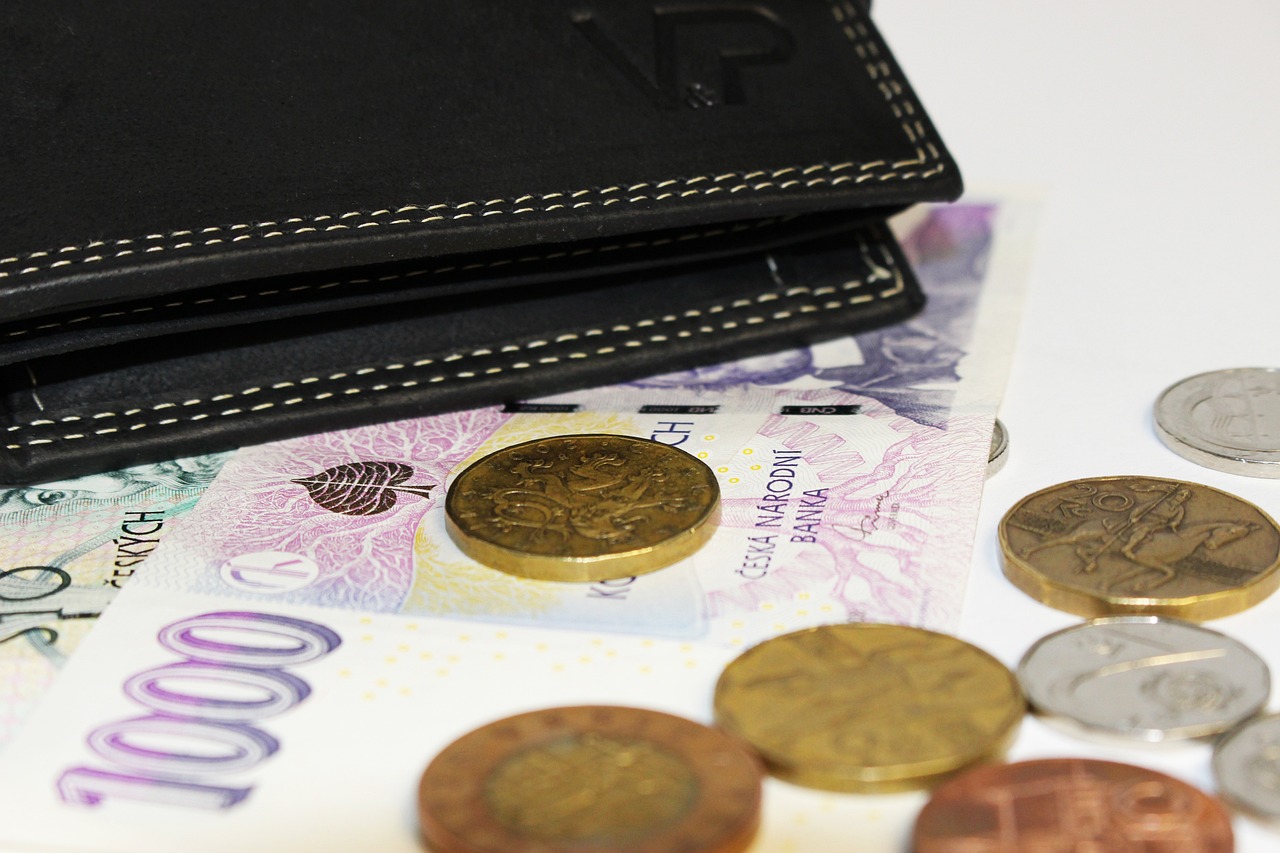
Encryption Techniques
When it comes to digital wallets, are the unsung heroes that protect your sensitive information from prying eyes. Imagine your data as a treasure chest, and encryption is the intricate lock that keeps it secure. In this digital age, where cyber threats loom large, understanding how these encryption methods work can help you appreciate the safety net they provide.
At its core, encryption transforms readable data into an unreadable format, ensuring that only authorized users can access it. There are several key encryption methods commonly used in digital wallets:
- Symmetric Encryption: This method uses a single key for both encryption and decryption. While it's fast and efficient, the challenge lies in securely sharing the key.
- Asymmetric Encryption: This technique employs a pair of keys – a public key for encryption and a private key for decryption. This method enhances security, as the private key never leaves the wallet.
- Hashing: Unlike traditional encryption, hashing converts data into a fixed-length string of characters. It's a one-way process, making it ideal for storing passwords securely.
Each of these methods plays a vital role in ensuring that your transactions and personal information remain confidential. For instance, when you initiate a transaction, your wallet encrypts the data before it’s transmitted over the internet. This way, even if a hacker intercepts the data, all they’ll see is gibberish.
Moreover, advanced algorithms, such as AES (Advanced Encryption Standard) and RSA (Rivest-Shamir-Adleman), are frequently employed in digital wallets to enhance security. These algorithms are like the secret codes that make it nearly impossible for unauthorized users to crack the encryption. For instance, AES uses a symmetric key size of 128, 192, or 256 bits, making it one of the most secure encryption standards available today.
In summary, encryption techniques are essential for safeguarding your digital wallet. They serve as a robust barrier against potential threats, allowing you to manage your finances with peace of mind. By understanding these techniques, you can make informed decisions about which digital wallet to use, ensuring your personal data remains secure while you enjoy the convenience of modern financial technology.
Q: What is encryption in digital wallets?
A: Encryption is the process of converting readable data into a coded format to protect it from unauthorized access. It ensures that only authorized users can access sensitive information.
Q: Why is encryption important for digital wallets?
A: Encryption is crucial because it safeguards personal and financial information from cyber threats, ensuring that transactions remain secure.
Q: What are the common encryption methods used in digital wallets?
A: Common methods include symmetric encryption, asymmetric encryption, and hashing. Each method has its own strengths and is used for different purposes within the wallet.
Q: How do I know if my digital wallet uses strong encryption?
A: Look for wallets that utilize well-known encryption standards like AES or RSA, and check if they provide information about their security measures.
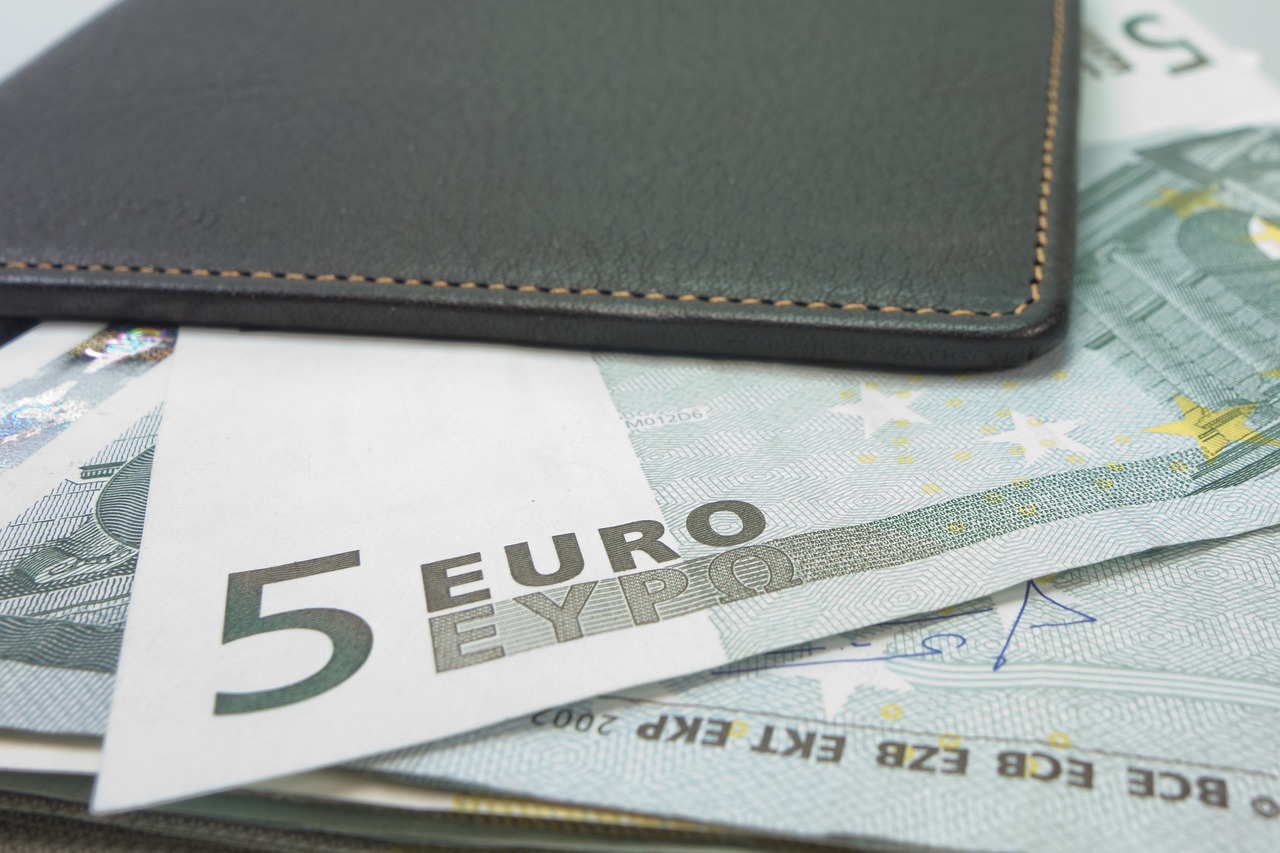
Two-Factor Authentication
Two-Factor Authentication (2FA) is like having a double lock on your digital wallet. Imagine you have a beautiful, shiny wallet filled with your hard-earned cash, but you only have one flimsy lock keeping it safe. Wouldn't you feel a lot better if there was a second, more secure lock? That's exactly what 2FA does for your digital wallet. It adds an extra layer of security that goes beyond just your password, making it significantly harder for unauthorized users to gain access to your sensitive information.
When you enable 2FA, you typically need to provide two forms of identification before you can access your wallet. The first is something you know—your password. The second is something you have, like a smartphone or a security token. This means that even if someone manages to steal your password, they would still need that second piece of information to get in. It's like needing both a key and a secret code to unlock a vault; one without the other is useless.
The implementation of 2FA can vary between different digital wallets, but here are some common methods used:
- SMS Verification: A code is sent to your mobile phone via text message, which you must enter to access your wallet.
- Authenticator Apps: Apps like Google Authenticator or Authy generate time-sensitive codes that you need to enter.
- Email Verification: A code is sent to your registered email address, adding another layer of verification.
By incorporating 2FA, digital wallets not only protect your financial data but also enhance your overall peace of mind. This is especially important as cyber threats become more sophisticated. With a little extra effort to set up, you can significantly reduce the risk of unauthorized access. Think of it as a small investment in your financial security that pays off by keeping your money safe and sound.
In conclusion, Two-Factor Authentication is a crucial feature that every user should consider when managing their digital wallets. It’s like having a safety net beneath your high-wire act—while you might feel confident walking the line, it’s always better to have that extra layer of protection in case you slip. So, the next time you’re setting up your digital wallet, don’t skip this essential step; your future self will thank you!

User Experience
When it comes to digital wallets, user experience (UX) is not just a buzzword; it's a critical component that can make or break how individuals interact with their finances. Imagine walking into a store, and instead of fumbling with cash or cards, you simply tap your phone and voilà! The transaction is done. This seamless experience is what makes digital wallets so appealing. The design principles behind these wallets are meticulously crafted to ensure that users can navigate through their financial transactions with ease and confidence.
A well-designed digital wallet interface should prioritize intuitiveness. Users shouldn’t have to read a manual to understand how to use it. Just as you wouldn’t want to drive a car with a complicated dashboard, you shouldn’t have to deal with a wallet that’s cluttered and confusing. A clean, straightforward layout allows users to find what they need quickly, whether it’s checking their balance, making a payment, or accessing transaction history. Moreover, incorporating visual elements such as icons and color coding can significantly enhance the user experience, making it not only functional but also enjoyable.
Another key aspect of user experience is feedback. When you perform an action on your digital wallet—like making a payment or adding a new card—you want to know that it was successful. This is where subtle animations and notifications come into play. For instance, a quick “Payment Successful” message or a gentle vibration can provide reassurance that the transaction went through. This immediate feedback loop is essential for building trust between users and the technology they are using.
Furthermore, accessibility is a major consideration. Digital wallets should be designed to cater to a diverse audience, including those with disabilities. Features like voice commands, screen readers, and high-contrast modes can make a world of difference for users who may struggle with standard interfaces. It's about making sure that everyone can enjoy the benefits of digital wallets, regardless of their personal circumstances.
Additionally, the integration of personalized features can significantly enhance user experience. Imagine a wallet that remembers your favorite stores or suggests the best payment method based on your spending habits. This level of customization not only saves time but also makes users feel valued. After all, who doesn’t want a wallet that knows them well enough to offer tailored suggestions?
In summary, the user experience of digital wallets is built on a foundation of intuitive design, immediate feedback, accessibility, and personalization. These elements work together to create a financial tool that is not just functional but also enjoyable to use. As technology continues to evolve, we can expect digital wallets to become even more user-friendly, making personal finance management a breeze for everyone.
- What is a digital wallet? A digital wallet is an electronic device or online service that allows individuals to make electronic transactions. It stores payment information and passwords for numerous payment methods and websites.
- Are digital wallets safe to use? Yes, digital wallets are generally safe, especially those that use encryption and two-factor authentication. However, users should always ensure they are using reputable services.
- Can I use a digital wallet for online purchases? Absolutely! Digital wallets can be used for both in-store and online transactions, making them versatile for various shopping experiences.
- Do digital wallets offer rewards or loyalty programs? Many digital wallets integrate loyalty programs, allowing users to earn points or cashback on their purchases, enhancing the overall experience.
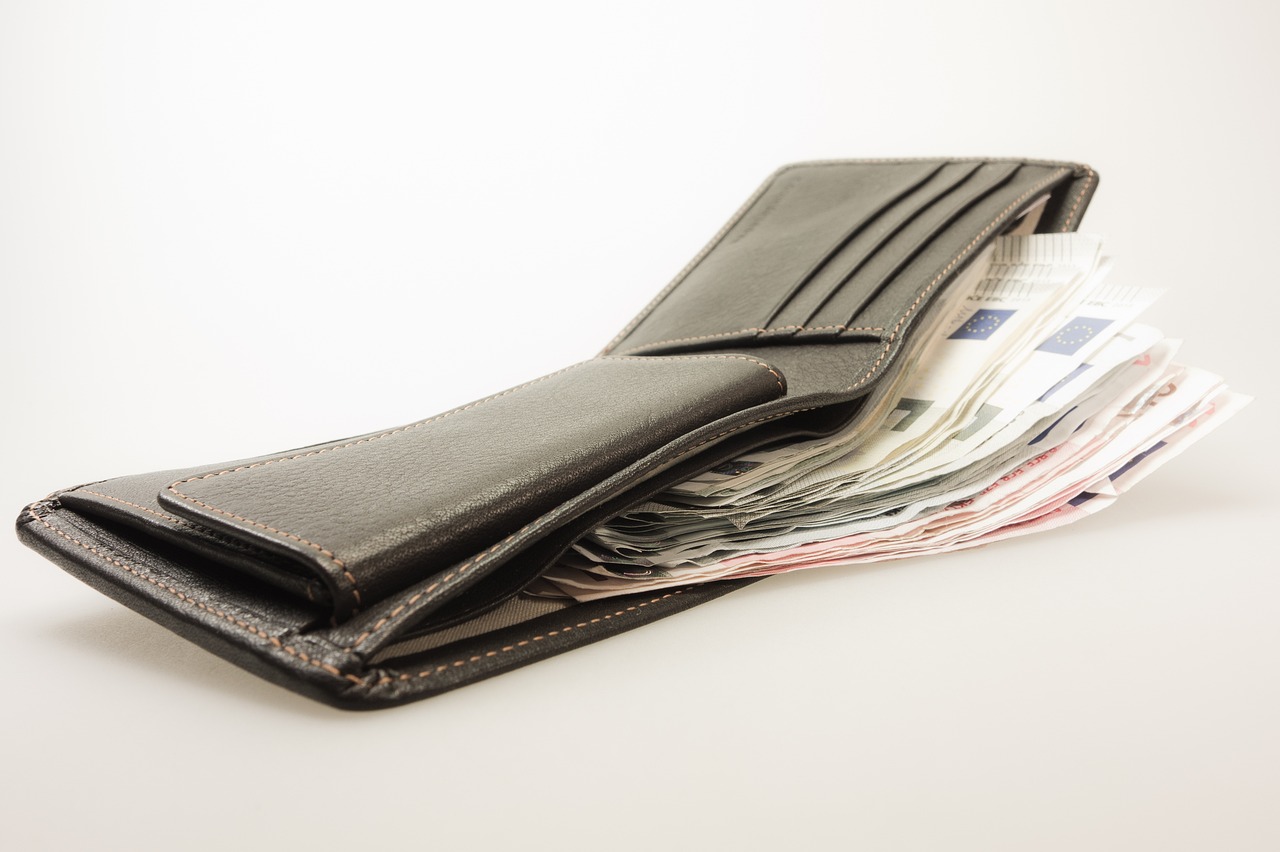
Benefits of Using Digital Wallets
Digital wallets have become an integral part of modern finance, and for good reason! Imagine having all your payment methods, loyalty cards, and transaction history right at your fingertips, accessible with just a few taps on your smartphone. The benefits of using digital wallets are numerous, making them a game-changer in personal finance management. One of the most significant advantages is the convenience they offer. Gone are the days of fumbling through your wallet for cash or cards; with a digital wallet, payments can be made almost instantaneously. Whether you’re at a coffee shop or shopping online, a simple scan or click can complete your transaction in seconds.
Moreover, the speed of transactions is unmatched. Digital wallets typically allow for contactless payments, which not only speeds up the checkout process but also enhances the overall shopping experience. Picture this: you’re in line at your favorite store, and while others are digging through their bags for change, you simply tap your phone on the terminal. It’s fast, efficient, and quite frankly, pretty cool!
Another compelling benefit is the integration of loyalty and rewards programs. Many digital wallets allow users to link their rewards cards directly, meaning that every time you make a purchase, you’re not just spending money; you’re also earning points or cash back. This integration can lead to substantial savings over time. For instance, if you frequently shop at a particular grocery store, linking your loyalty card to your digital wallet means you’ll never miss out on discounts or rewards again. It’s like having a personal assistant who ensures you get the best deals!
Additionally, digital wallets can enhance your financial management. With features that allow you to track spending and categorize transactions, you can gain valuable insights into your financial habits. For example, a digital wallet might provide a breakdown of your monthly spending, helping you identify areas where you can cut back. This level of visibility can be a powerful tool for anyone looking to improve their financial health.
Of course, security is a primary concern when it comes to managing finances online. Digital wallets utilize advanced security measures, such as encryption and two-factor authentication, to protect your information. This means that while you’re enjoying the benefits of convenience and speed, you can also rest assured that your data is safe from prying eyes.
In summary, the benefits of using digital wallets are clear: they offer unparalleled convenience, speed, and security, all while enhancing your overall financial experience. As technology continues to evolve, these wallets are likely to become even more sophisticated, making them an essential tool for anyone looking to streamline their financial transactions.
- What is a digital wallet? A digital wallet is a software-based system that securely stores users' payment information and passwords for numerous payment methods and websites.
- Are digital wallets safe to use? Yes, most digital wallets employ advanced security measures such as encryption and two-factor authentication to protect user data.
- Can I use a digital wallet for online shopping? Absolutely! Digital wallets can be used for both in-store and online purchases, making them very versatile.
- Do digital wallets charge fees? Some digital wallets may have fees for certain transactions, but many are free to use for standard payments.
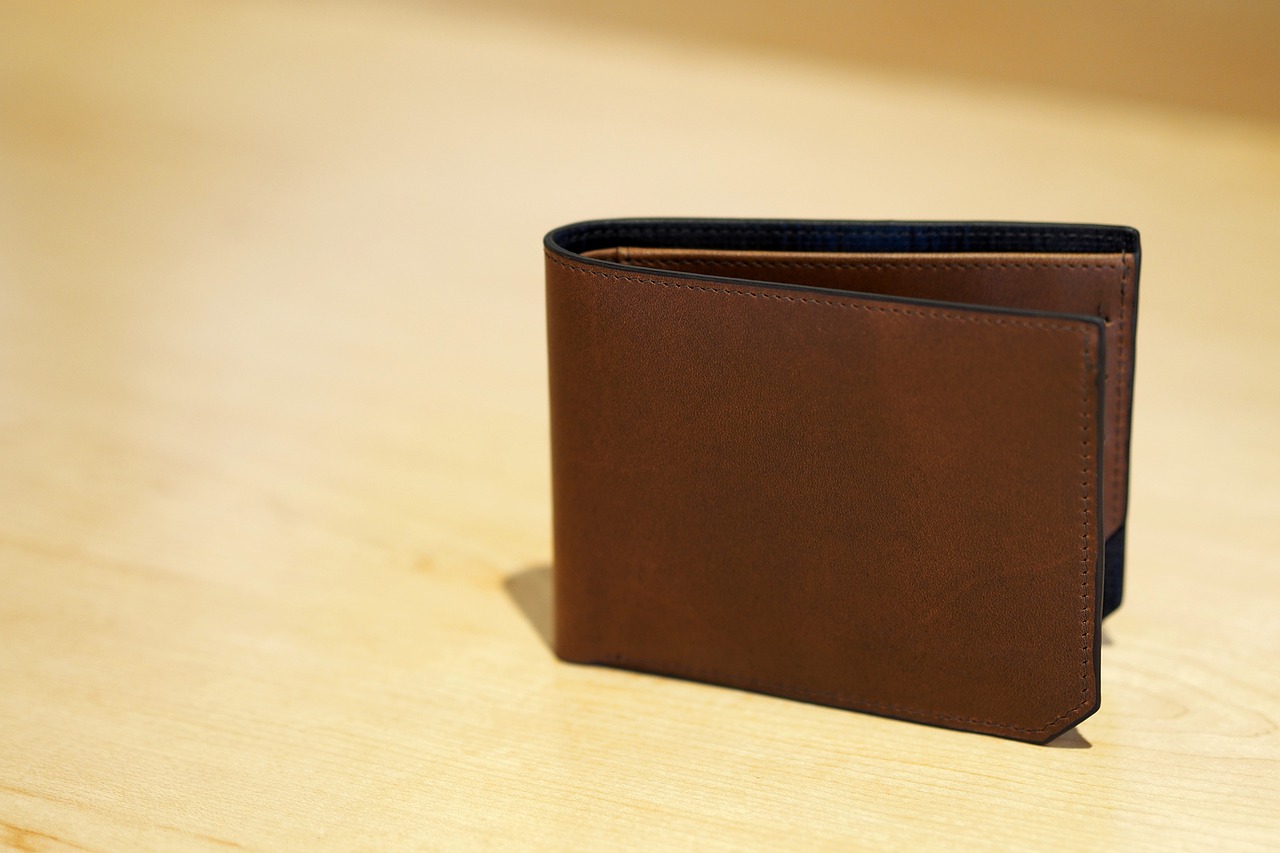
Convenience and Speed
In today's fast-paced world, convenience and speed are not just luxuries; they are necessities. Digital wallets have emerged as a game-changer in personal finance management, allowing users to make instant payments and manage their finances with unparalleled ease. Imagine standing in line at your favorite coffee shop, and instead of fumbling for cash or cards, you simply whip out your smartphone, tap it against the payment terminal, and voilà—your transaction is complete in seconds! This seamless process not only saves time but also enhances the overall shopping experience.
One of the standout features of digital wallets is their ability to store multiple payment methods in one secure location. Whether you prefer credit cards, debit cards, or even cryptocurrencies, digital wallets consolidate these options, making it easier than ever to choose how you want to pay. This versatility means you can switch between payment methods effortlessly, adapting to different situations without the hassle of carrying multiple cards or cash.
Furthermore, the speed at which transactions occur is simply astonishing. With just a few taps on your device, you can send money to friends, pay bills, or shop online—all without the need for tedious manual entry of card details. This not only reduces the potential for errors but also minimizes the time spent on each transaction. In fact, studies show that users can complete transactions up to three times faster with digital wallets compared to traditional payment methods. This efficiency is especially beneficial during busy shopping seasons or when you're in a rush.
Additionally, many digital wallets come equipped with features that enhance convenience even further. For instance, automatic transaction categorization helps users keep track of their spending habits without lifting a finger. You can easily see where your money is going, whether it's dining out, shopping, or entertainment. This level of insight empowers users to make informed financial decisions on the fly, turning every transaction into an opportunity for better budgeting.
Moreover, the integration of loyalty and rewards programs into digital wallets adds another layer of convenience. Users can effortlessly earn points, cashback, or discounts without needing to carry physical loyalty cards. Imagine walking into a store, making your purchase, and automatically receiving rewards just for using your digital wallet. This not only saves time but also encourages more frequent use of the wallet, enhancing the overall financial experience.
In summary, the convenience and speed offered by digital wallets are revolutionizing the way we handle money. With instant payments, secure storage of multiple payment methods, and the integration of loyalty programs, users can enjoy a smoother, faster, and more rewarding financial journey. As technology continues to evolve, it’s clear that digital wallets are here to stay, reshaping our approach to personal finance.
- What is a digital wallet? A digital wallet is a software application that allows users to store, manage, and make transactions using their payment information securely.
- Are digital wallets safe to use? Yes, digital wallets implement various security measures, including encryption and two-factor authentication, to protect user data and transactions.
- Can I use a digital wallet for online purchases? Absolutely! Digital wallets can be used for both in-store and online transactions, providing flexibility and convenience.
- Do I need an internet connection to use a digital wallet? Most digital wallets require an internet connection to perform transactions, but some may allow offline payments using stored data.

Loyalty and Rewards Programs
In today’s fast-paced digital world, have become an essential feature of digital wallets. These programs not only encourage consumer spending but also provide significant savings and perks that enhance the overall user experience. Imagine walking into your favorite coffee shop, making a quick payment with your digital wallet, and instantly earning points that can be redeemed for a free drink next time. Sounds appealing, right? That's the magic of integrating loyalty programs into digital wallets.
One of the most exciting aspects of these programs is their ability to personalize the shopping experience. Digital wallets can track your spending habits and preferences, allowing businesses to offer tailored rewards that resonate with you. For instance, if you frequently purchase groceries, your wallet might offer discounts or cashback specifically for grocery stores. This personalized approach not only makes shopping more rewarding but also fosters a stronger connection between consumers and brands.
Moreover, the convenience of having all your loyalty cards in one place cannot be overstated. Gone are the days of fumbling through your wallet to find that elusive punch card. With digital wallets, you can access your loyalty programs with just a tap, making it easier to accumulate points and redeem rewards. Many users find this feature incredibly beneficial, as it streamlines the entire process of earning and using rewards. Here’s a quick look at the advantages:
| Advantage | Description |
|---|---|
| Convenience | Access all loyalty programs in one place without carrying physical cards. |
| Personalization | Receive tailored offers based on spending habits. |
| Instant Rewards | Earn and redeem points instantly at checkout. |
| Increased Engagement | Encourages users to shop more often to take advantage of rewards. |
Additionally, many digital wallets partner with various retailers to provide exclusive deals and promotions. This collaboration not only benefits consumers by offering them unique savings opportunities but also helps businesses increase customer loyalty. It’s a win-win situation! Users can enjoy discounts, cashback, and special offers that are often not available through traditional payment methods.
In conclusion, loyalty and rewards programs are revolutionizing the way consumers interact with brands. By integrating these programs into digital wallets, users can enjoy a seamless, rewarding experience that enhances their overall financial management. So, the next time you make a purchase using your digital wallet, remember that you might just be earning rewards that can lead to future savings and perks!
- What are digital wallets? Digital wallets are applications that allow users to store payment information and make transactions electronically.
- How do loyalty programs work in digital wallets? Loyalty programs track your purchases and reward you with points or discounts, which can be redeemed for future purchases.
- Are digital wallets secure? Yes, most digital wallets use advanced security measures like encryption and two-factor authentication to protect user data.
- Can I use my digital wallet internationally? It depends on the wallet and the merchant; many digital wallets support international transactions.
Frequently Asked Questions
- What is a digital wallet?
A digital wallet is a secure way to store and manage your payment information and other personal data electronically. It allows users to make transactions online or in-store without needing physical cash or cards.
- What are the different types of digital wallets?
Digital wallets come in various forms, including mobile wallets (like Apple Pay or Google Wallet), web wallets (such as PayPal), and hardware wallets (like Ledger). Each type serves different needs and offers various security features.
- How do digital wallets enhance user experience?
Digital wallets are designed to be user-friendly, allowing for quick and easy transactions. Features like transaction history, contactless payments, and loyalty program integration make managing finances more convenient and efficient.
- Are digital wallets safe to use?
Yes, digital wallets employ advanced security measures such as encryption, two-factor authentication, and biometric security features to protect user data and transactions from potential threats.
- What is two-factor authentication?
Two-factor authentication (2FA) is an extra layer of security that requires not only a password but also a second form of verification, such as a text message code or fingerprint, to access your wallet. This significantly reduces the risk of unauthorized access.
- What are the benefits of using digital wallets?
Digital wallets offer numerous benefits, including convenience, speed, and the ability to earn rewards through loyalty programs. They streamline everyday transactions and make managing finances easier than ever.
- Can I use digital wallets for international transactions?
Yes, many digital wallets support international transactions, allowing users to send or receive money across borders. However, be sure to check for any fees or currency conversion rates that may apply.
- How do loyalty and rewards programs work with digital wallets?
Many digital wallets integrate loyalty and rewards programs, allowing users to earn points or cashback on their purchases. This integration encourages user engagement and can lead to significant savings over time.

